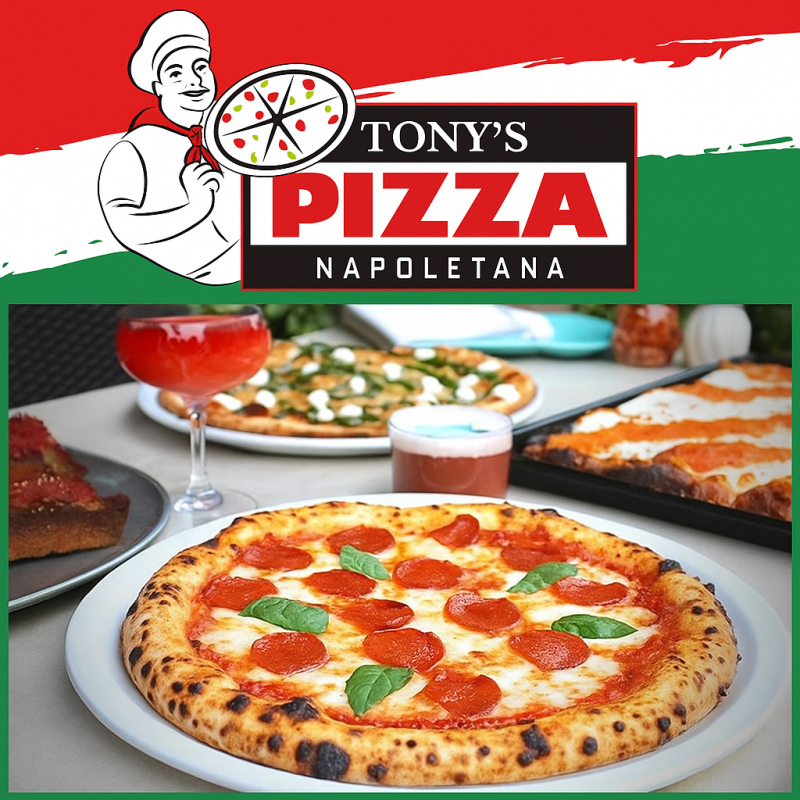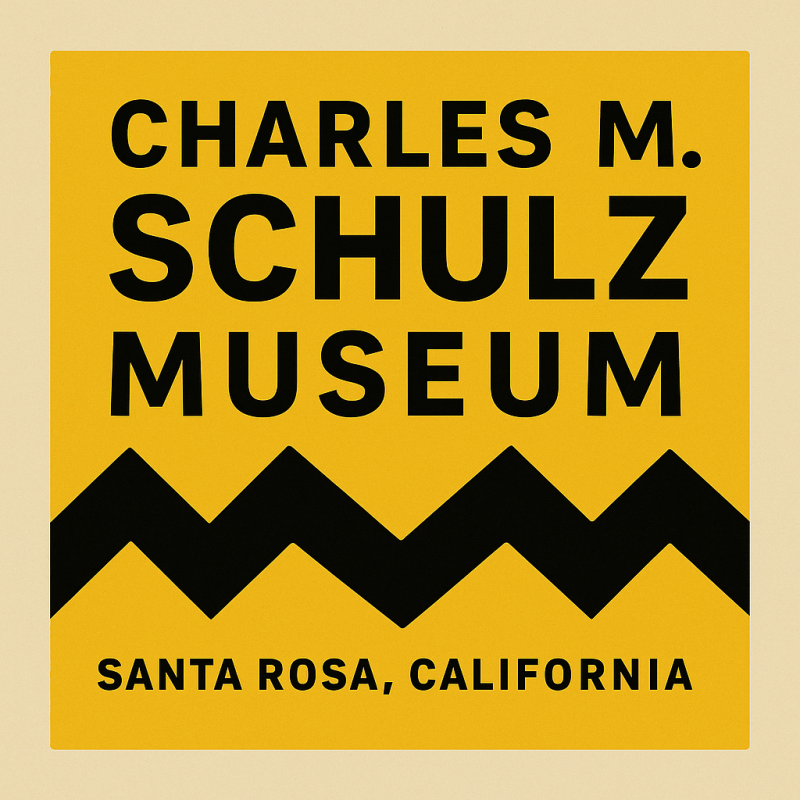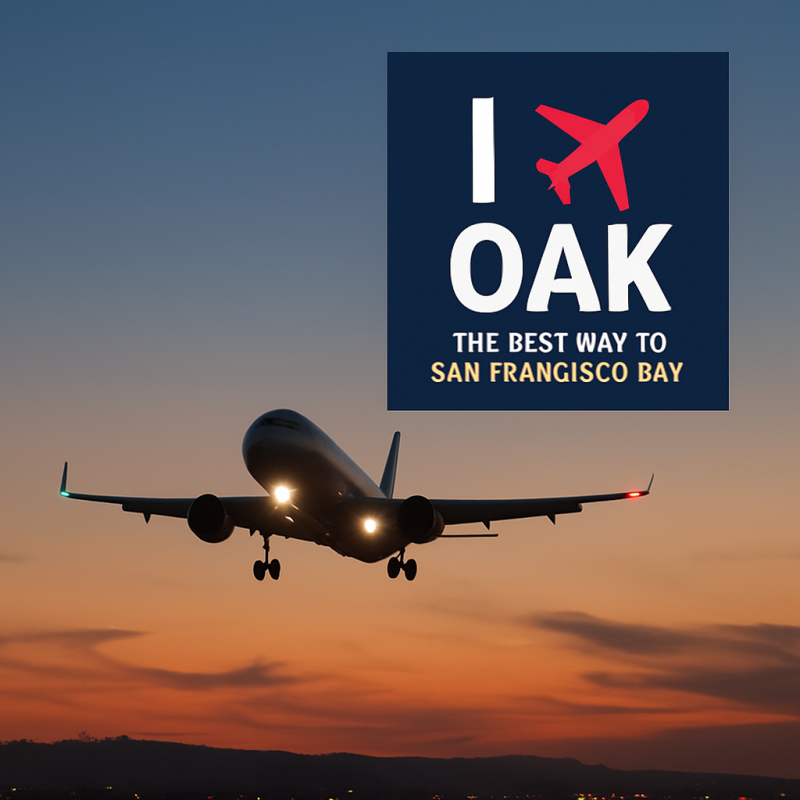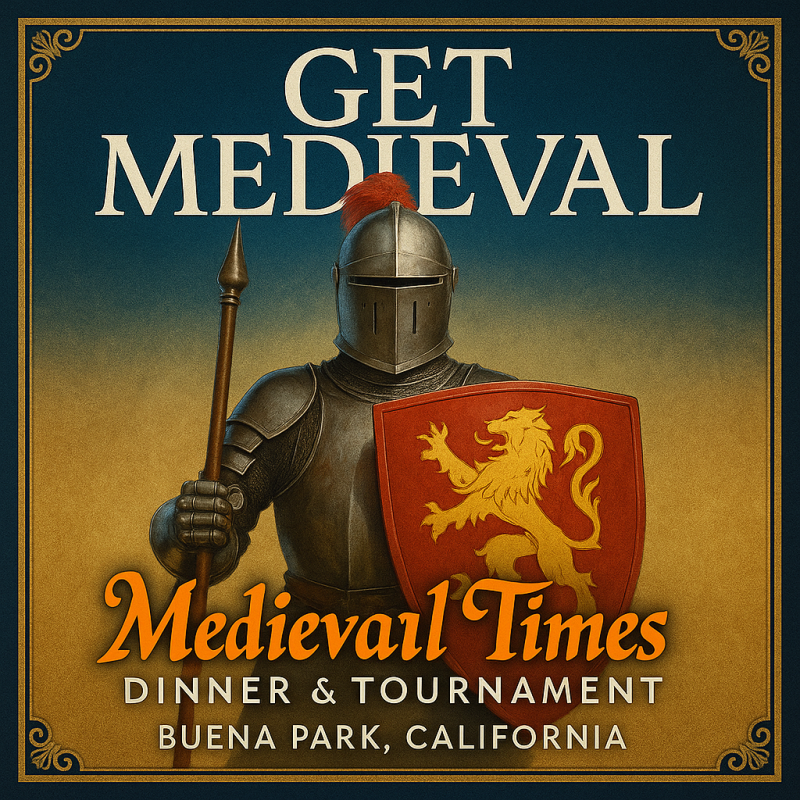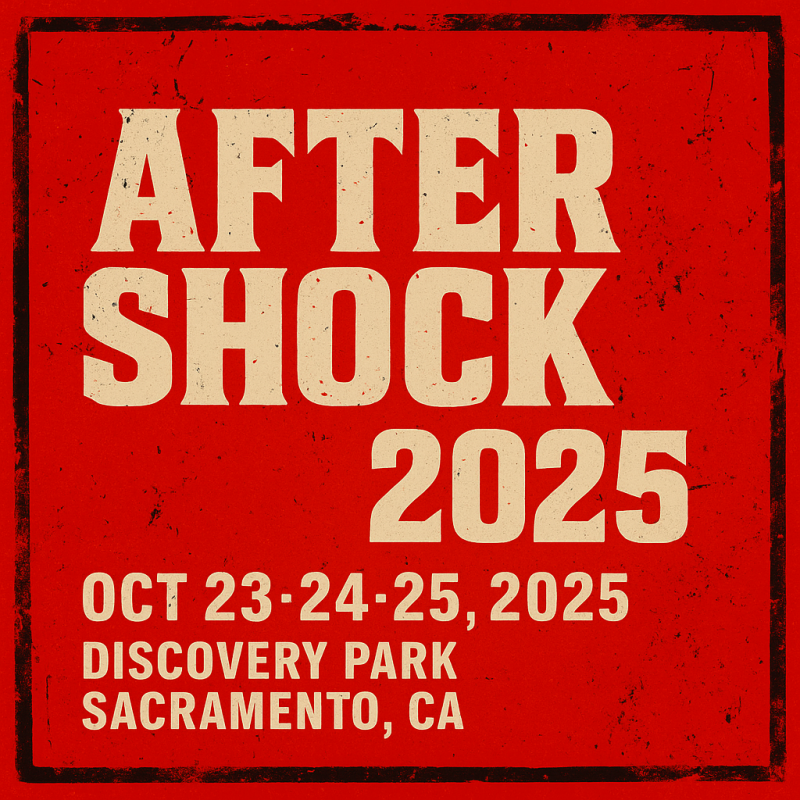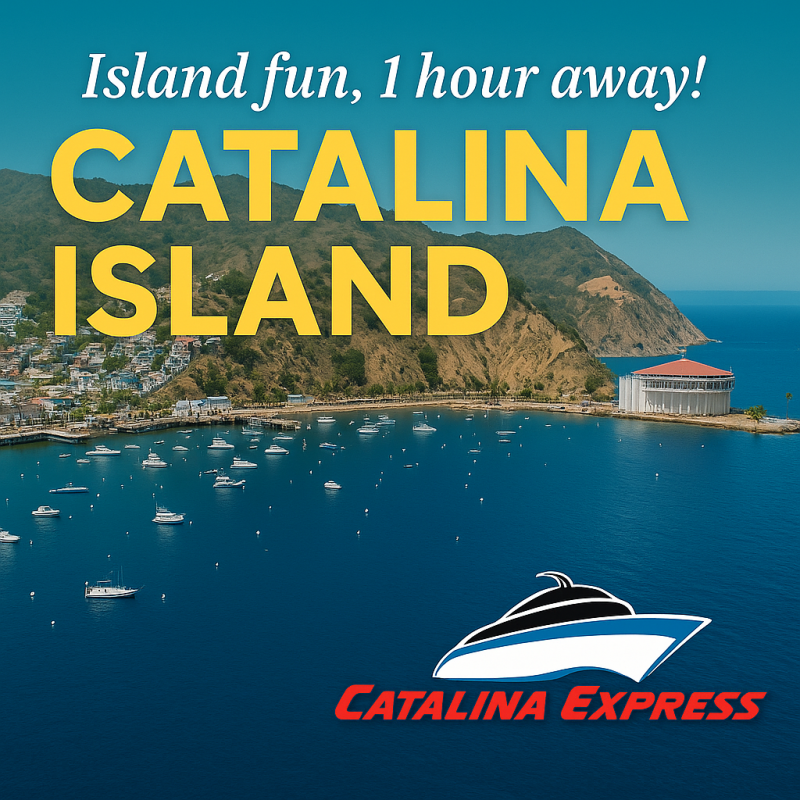By Mauricio Segura

Photo: Golden Bay Times Graphics Dept.
Just off Interstate 80 in Vacaville, California, the Nut Tree began in 1921 not as an attraction, but as a modest fruit stand born of necessity. After a killing frost wiped out the Power family’s fruit crop, Helen Harbison Power and her husband, Ed “Bunny” Power, decided to sell what they could salvage along the roadside. It worked. By the second year, the stand was drawing nearly a thousand cars a day. In time, that humble stop would blossom into one of California’s most distinctive roadside landmarks.
The name came from a black walnut tree planted in 1859 from a seed carried west by pioneer Sallie Fox, whose story added an almost mythic backstory to the Powers’ enterprise. But it wasn’t just the name that caught travelers’ attention. The Nut Tree evolved into a full-fledged roadside empire: an elegant restaurant, bakery, gift shops, toy stores, and outdoor dining areas, all unified by an aesthetic that was ahead of its time. Under the creative direction of designer Don Birrell from 1953 to 1990, the Nut Tree became as much an art installation as a place to eat. Bold colors, whimsical signage, Charles and Ray Eames-designed furniture, and sculptural accents gave it a playful sophistication that could charm a child and impress a designer in equal measure.
The Powers didn’t stop at food and décor. In the 1950s, Ed Power Jr., an aviation enthusiast, added a narrow-gauge train that shuttled guests between the complex and the Nut Tree Airport. The Nut Tree Railroad became a signature attraction, a small but carefully crafted line with trestles, tunnels, and engines that drew not only locals but celebrities including Ronald Reagan, Shirley Temple, and Julia Child. Pilots who landed at the Nut Tree Airport were often rewarded with a free train ride to the restaurant. For families, the train wasn’t just transportation. It was a rite of passage, often followed by a spin on the carousel or a gallop on the brightly painted hobby horses.
Through the 1960s and 70s, the Nut Tree added touches that deepened its place in California’s cultural fabric. Its towering roadside sign, built in 1964, became an icon for motorists on I-80. Seasonal events like the Pumpkin Patch in October created traditions that locals and travelers alike returned for year after year. The Powers’ hospitality reached royal heights in 1983 when Queen Elizabeth II and Prince Philip were served lunch there during their California visit. And the menu developed its own legends, from fresh California cuisine to the marshmallow sauce that became so beloved it was almost shorthand for the place itself.
But the Nut Tree’s family charm was tested by family conflict. By the early 1990s, disputes among the Power siblings spilled into court. Coupled with changing travel habits and rising costs, the tension took a toll. In January 1996, after 75 years in business, the Nut Tree closed its doors. The Coffee Tree, a sister dining spot built in the 1960s, shut down soon after. Most of the original structures were demolished in the years that followed, though the historic Harbison House, home to Helen Power’s parents, was saved and moved to the Vacaville Museum’s care.
For a time, it seemed the Nut Tree would survive only in memory and faded postcards. But in 2006, developers resurrected it as the Nut Tree Plaza, a mixed-use shopping and dining complex with a small amusement park. The railroad returned, this time with bio-diesel power, pulling children past fountains and giant outdoor chess pieces. The carousel spun again. Fenton’s Creamery scooped sundaes in the same tradition of indulgence the Powers once cultivated. While the Nut Tree Family Park closed in 2009 due to low attendance, the Plaza endured, anchored by retail stores, restaurants, and nods to its colorful past.
Walking through it today, you can still feel the overlap of eras. The restored train engine rests proudly alongside modern storefronts. Children race from the carousel to the hobby horses, just as their grandparents once did. The Harbison House stands as a museum piece and a reminder that the Nut Tree’s story began with a frost-ruined harvest and a couple’s determination to turn it into something lasting. It’s not the same place it was in its mid-century prime, but it still blends commerce with a sense of place, trading in nostalgia as much as goods.
The Nut Tree’s legacy lies in that balance. It was never just a stop along the road, but a destination that made the journey itself memorable. From a single walnut seed to a sprawling roadside empire, from a family feud to a carefully staged revival, it remains one of California’s most distinctive examples of how a local business can shape a region’s identity and, even after its fall, still find ways to welcome travelers.
For More Information: The Nut Tree Vacaville


